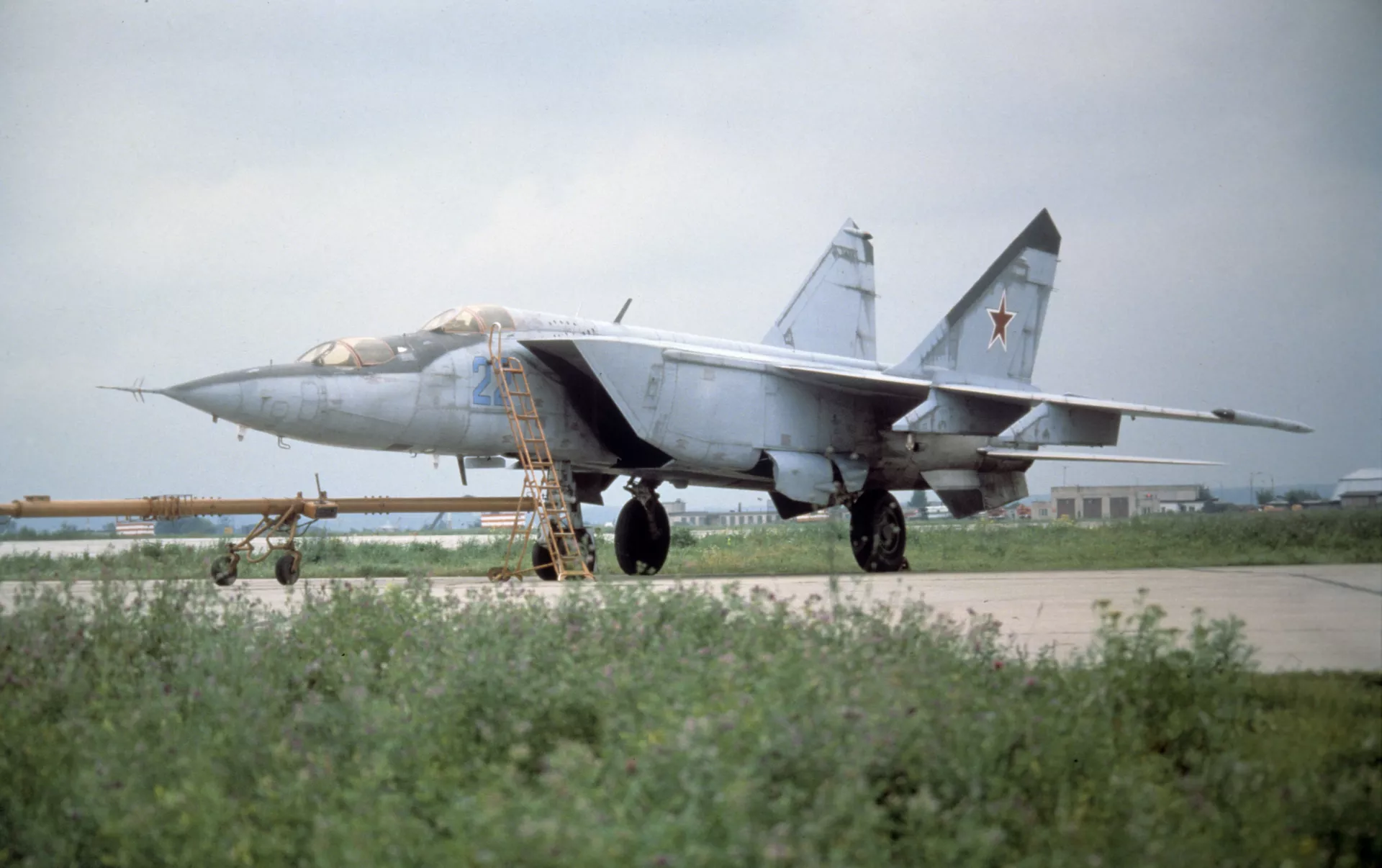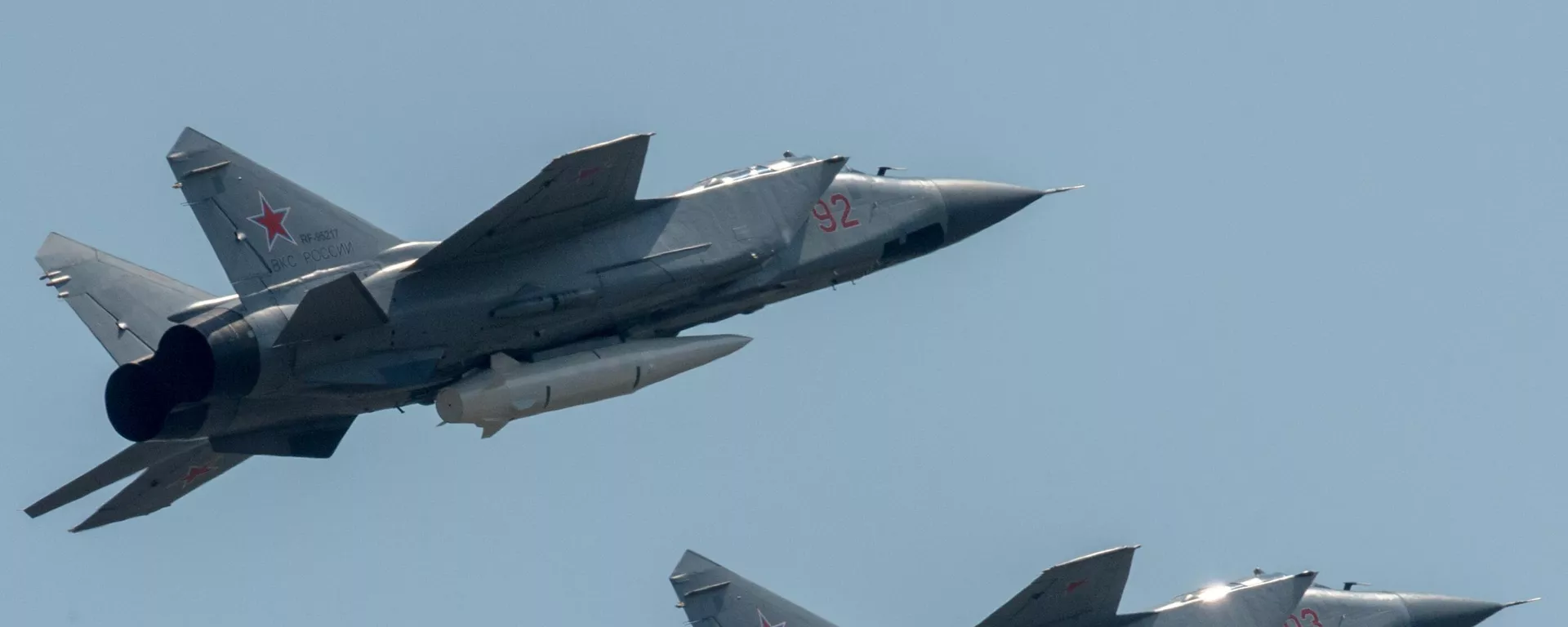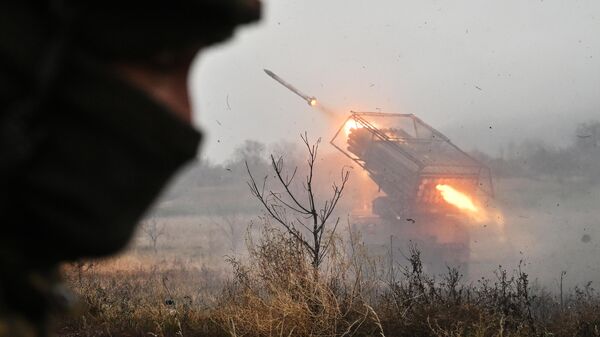In honor of the anniversary, lets check out some of MiG’s most impressive offspring:
The MiG-21 is a lightweight, supersonic interceptor from 1958, widely used in 49 countries for its maneuverability.
The MiG-23 is a third-generation fighter from 1972, featuring a variable-sweep wing and look-down/shoot-down radar. It became the most produced variable-geometry fighter.

MiG-25, file photo.
© Sputnik / Sergey Skrynnikov
/ The MiG-25 is a twin-engine interceptor introduced in 1970, with a top speed of 3,000 km/h (Mach 2.83) and an operational ceiling of over 24,400 m (approximately 80,000 feet), ideal for reconnaissance.
The MiG-27 is a MiG-23 variant with an armored cockpit, increased weapons capacity, and optimized for air-to-ground attacks. It supports missiles, precision-guided munitions, and specialized navigation systems.
The MiG-29 is a fourth-generation fighter, entering service in 1983, designed to counter the US F-15. Powered by two RD-33 engines, it has a top speed of Mach 2.25 (2,390 km/h) and excels in close combat. Upgraded models can carry laser-guided bombs, electro-optical bombs, and air-to-surface missiles.
The MiG-31, a supersonic, all-weather, two-seat interceptor, is known for its top speed of 3,000 km/h (Mach 2.83) at 21,500 m (approx. 70,500 feet).
Powered by D-30F6 engines, it features advanced radar and missile systems for day/night operations in any weather. It supports the hypersonic Kinzhal missile, reaching speeds of 8-10 times the speed of sound. The MiG-31 can operate in the stratosphere, reaching altitudes over 11,000 m (approx. 36,000 feet).

 4 months ago
31
4 months ago
31







 We deliver critical software at unparalleled value and speed to help your business thrive
We deliver critical software at unparalleled value and speed to help your business thrive






 English (US) ·
English (US) ·